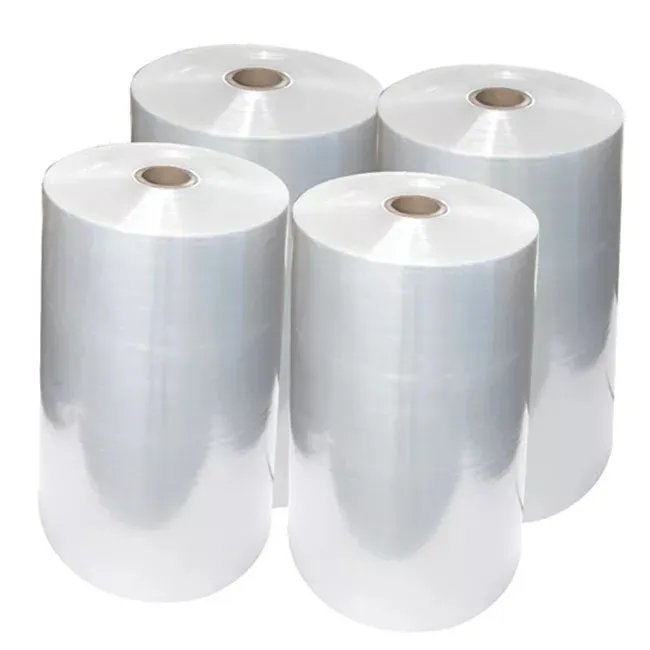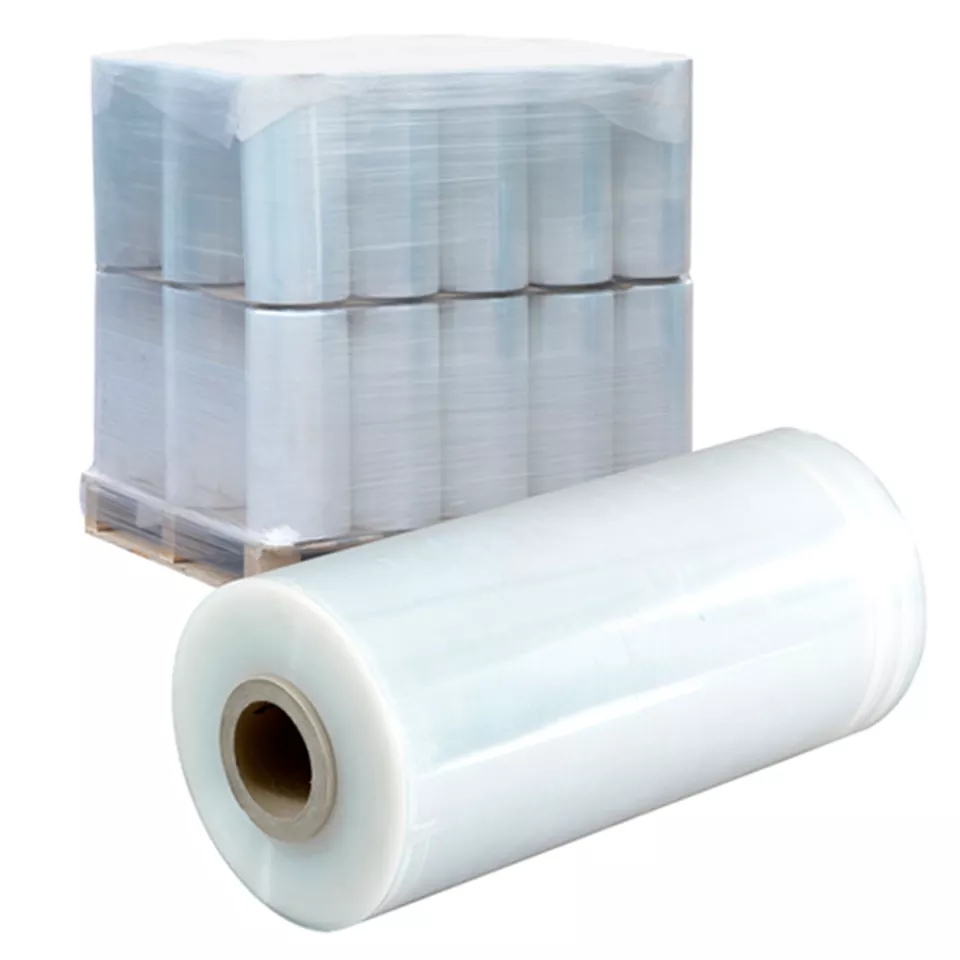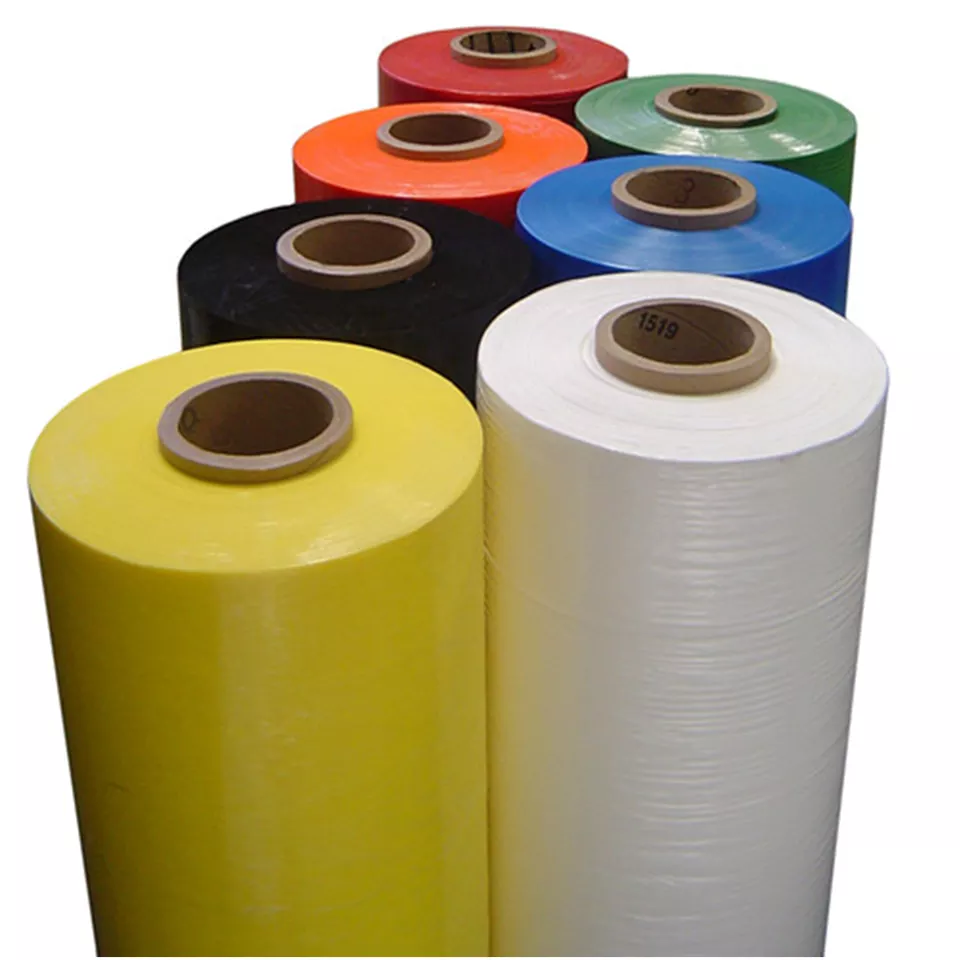- Afrikaans
- Albanian
- Amharic
- Arabic
- Armenian
- Azerbaijani
- Basque
- Belarusian
- Bengali
- Bosnian
- Bulgarian
- Catalan
- Cebuano
- chinese_simplified
- chinese_traditional
- Corsican
- Croatian
- Czech
- Danish
- Dutch
- English
- Esperanto
- Estonian
- Finnish
- French
- Frisian
- Galician
- Georgian
- German
- Greek
- Gujarati
- haitian_creole
- hausa
- hawaiian
- Hebrew
- Hindi
- Miao
- Hungarian
- Icelandic
- igbo
- Indonesian
- irish
- Italian
- Japanese
- Javanese
- Kannada
- kazakh
- Khmer
- Rwandese
- Korean
- Kurdish
- Kyrgyz
- Lao
- Latin
- Latvian
- Lithuanian
- Luxembourgish
- Macedonian
- Malgashi
- Malay
- Malayalam
- Maltese
- Maori
- Marathi
- Mongolian
- Myanmar
- Nepali
- Norwegian
- Norwegian
- Occitan
- Pashto
- Persian
- Polish
- Portuguese
- Punjabi
- Romanian
- Russian
- Samoan
- scottish-gaelic
- Serbian
- Sesotho
- Shona
- Sindhi
- Sinhala
- Slovak
- Slovenian
- Somali
- Spanish
- Sundanese
- Swahili
- Swedish
- Tagalog
- Tajik
- Tamil
- Tatar
- Telugu
- Thai
- Turkish
- Turkmen
- Ukrainian
- Urdu
- Uighur
- Uzbek
- Vietnamese
- Welsh
- Bantu
- Yiddish
- Yoruba
- Zulu
30%-75% PCR PE Film Suppliers | Sustainable Packaging Solution
DSLPACK Established CO., LTD.
30%-75% PCR PE Film - Innovation in Sustainable Packaging
Item No.: 00102 | Material: PE | All in food grade and compliant with EU and FDA standards
The packaging industry is experiencing a paradigm shift toward environmentally responsible solutions, with 30%-75% PCR PE Film emerging as a market leader in sustainable flexible packaging. This innovative material incorporates post-consumer recycled polyethylene at varying percentages to optimize both environmental impact and technical performance.
PCR PE films have evolved significantly in the past decade. Early generations were limited to 10-20% PCR content due to technical constraints, but advancements in purification and compounding technology have enabled manufacturers like DSLPACK Established CO., LTD. to produce films containing 30%-75% PCR material while maintaining stringent food safety requirements.
Technical Specifications
| Parameter | Testing Standard | 30% PCR | 50% PCR | 75% PCR | Units |
|---|---|---|---|---|---|
| Tensile Strength (MD) | ASTM D882 | 32.5 | 31.8 | 29.4 | MPa |
| Elongation at Break (TD) | ASTM D882 | 580 | 560 | 525 | % |
| Seal Strength | ASTM F88 | 9.7 | 9.4 | 8.9 | N/15mm |
| Light Transmission | ASTM D1746 | 92.4 | 91.1 | 89.3 | % |
| COF (static) | ASTM D1894 | 0.18 | 0.19 | 0.22 | - |
| Water Vapor Transmission | ASTM E96 | 1.2 | 1.3 | 1.5 | g/m²/24hr |
The 30%-75% PCR PE Film maintains excellent mechanical and barrier properties even at higher PCR content levels, a testament to DSLPACK's proprietary blending technologies. Our advanced processing ensures consistent film quality with variance less than 2% across production batches.
Material Applications
The versatility of 30%-75% PCR PE Film enables diverse packaging applications across multiple industries:
Food & Beverage Packaging
FDA-compliant formulations make our PCR films ideal for direct food contact applications including fresh produce bags, frozen food packaging, bakery goods overwrap, and beverage multipacks. The material's excellent organoleptic properties ensure no flavor transfer to packaged products.
Retail & E-commerce
With puncture resistance up to 20N according to ASTM F1306, our PCR films provide secure protection for e-commerce shipments without compromising sustainability goals. Retailers have reported 45% reduction in carbon footprint per package when switching to our 30%-75% PCR PE Film solutions.
Industrial Packaging
Manufacturers utilize our films for protective wrapping of appliances, automotive components, and building materials. The UV-stabilized formulations offer up to 12 months outdoor protection without significant degradation.



Environmental Impact Analysis
Life Cycle Assessment (LCA) studies conducted by independent laboratories validate the environmental advantages of 30%-75% PCR PE Film compared to traditional virgin PE alternatives:
The incorporation of post-consumer recycled content provides substantial environmental benefits across all impact categories. According to the Sustainable Packaging Coalition's 2023 report, using PCR polyethylene reduces greenhouse gas emissions by 35-65% compared to virgin material production.
Packaging Technology and Science Journal, Volume 36, Issue 4 (April 2023) DOI: 10.1002/pts.2743
Frequently Asked Questions
Current food-grade certification (EU & FDA) allows up to 95% PCR content in PE films for direct food contact. However, most commercial applications utilize 30%-75% PCR PE Film to balance sustainability with mechanical performance. Higher percentages may require supplementary barrier layers depending on the specific application.
Processing 30%-75% PCR PE Film typically requires modified parameters including 5-10°C higher melt temperatures (160-210°C range), adjusted screw speeds to account for density variations, and modified die designs to accommodate slightly different rheological properties. Film processors should consult technical datasheets for resin-specific recommendations.
Food-contact PCR films must pass FDA 21 CFR 177.1520 and EU 10/2011 migration testing protocols. This includes overall migration limits of 10mg/dm² in food simulants (ethanol, acetic acid, vegetable oil) and specific migration limits for heavy metals. Additionally, we conduct residual contaminant screening with detection limits below 0.01mg/kg to ensure food safety.
Advanced purification processes enable 30%-75% PCR PE Film to achieve haze values below 6% (ASTM D1003), approaching the clarity of virgin resins. However, higher PCR content films (>50%) may exhibit slightly increased haze (8-12%), which can be mitigated by coextrusion with clearer outer layers without reducing total recycled content.
Independent certification programs like SCS Global Services Recycled Content Certification utilize advanced analytical techniques including FTIR with spectral libraries, fluorescence markers, and tracer systems to validate PCR percentages. Our 30%-75% PCR PE Film undergoes quarterly third-party verification with full traceability from PCR flake source to finished film.
PCR content claims fall under FTC Green Guides in the US, ISO 14021 internationally, and specific regulations in the EU (EN 15343). All require accurate accounting through mass balance verification and chain-of-custody documentation. DSLPACK provides comprehensive documentation packages with each shipment to support environmental marketing claims.
Properly formulated 30%-75% PCR PE Film maintains compatibility with established polyethylene recycling streams (LDPE, LLDPE). Our research indicates that blends up to 75% PCR content do not negatively impact mechanical recycling processes when sorted appropriately. However, specialized additives (degradation inhibitors) are included to counter oxidation from multiple processing cycles.
Society of Plastics Engineers Annual Technical Conference Proceedings (ANTEC 2023) DOI: 10.2417/spepro.005279
Journal of Cleaner Production, Volume 412 (July 2023) DOI: 10.1016/j.jclepro.2023.137291













